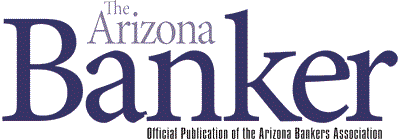The financial press is full of news about CECL’s effect on loans, as well as how the effects of the coronavirus will affect CECL’s implementation. Yet, community banks will need to understand and strategize around the impact the new standard will have on their institution’s investment securities. These will need new accounting treatment as well. Different types of bank investment will require different accounting. Here are some considerations.
HTM securities. Community banks primarily use HTM securities to reduce capital volatility. These assets are currently accounted for monthly, on a book basis, and valuation changes aren’t recorded to capital or income. Right now, actual or anticipated losses that aren’t due to temporary impairment are recorded to income.
CECL will change how all financial institutions (FIs) account for HTM securities by requiring an allowance for lifetime expected credit losses when FIs buy an HTM security. Institutions will figure that allowance by adjusting historical loss data for current conditions, plus reasonable and supportable forecasts, for pools of bonds with similar risk characteristics. In other words, they will need to guess at the asset’s history and future prospects, then account for anticipated problems at the time of purchase.
Trading securities. CECL won’t affect trading securities, a group of assets that get monthly accounting on a mark-to-market basis, with any value change recorded to income. Because the community bank would immediately account for credit losses, CECL doesn’t enter the picture.
AFS securities. Currently, FIs account for AFS monthly on a book basis, recording valuation changes to capital, not income. They record losses when they know that one has or will occur, registering the income change as a reduction in the security’s loss basis. When the owner of an AFS security recovers previously recognized asset impairment, it records that recovery in interest income prospectively, over time.
CECL won’t apply to AFS debt securities. Under the new rules, FIs will recognize an allowance for credit losses instead of reducing the asset’s cost basis. When a security’s credit quality improves or estimated credit losses improve, FIs will recognize these right away, as a reversal of the allowance recorded earlier. That aligns the recognition of credit losses on the income statement for the reporting period in which changes happen.
The new guidance does away with OTTI theory in favor of deciding whether an unrealized loss is due to credit problems or other issues. FIs will no longer use the amount of time a security has spent in a position of unrealized loss to determine credit loss. Instead, they will evaluate each security during every reporting period, comparing the present value of the asset’s expected cash flows against the security’s amortized cost basis.
Now is the time to start looking at all of the facets of CECL and its effects on your institution’s securities. Get all your ducks in a row now, as the auditors and examiners will likely be asking CECL-related questions in your next exam.
To continue this discussion on CECL or for more information, please contact Jay Kenney.
Jay Kenney, SVP and Southwest Regional Manager for PCBB | pcbb.com | jkenney@pcbb.com
Dedicated to serving the needs of community banks, PCBB’s comprehensive and robust set of solutions includes: cash management, international services, lending solutions, and risk management advisory services.










